Biology Reference
In-Depth Information
ly, additives are important to protect the product during processing.
Formulations are optimized for stability and parenteral delivery. Ingredients
such as citrates, chlorides, and phosphates at relatively neutral pH are often
used. Non-optimized formulations can result in degradants that arise before the
end of shelf life. The formation of degradants can lead to loss of activity or by-
products that may potentially be antigenic.
rHuEPO is marketed in a variety of formulations and concentrations, pro-
viding the practitioner with a wide selection of dosages for achieving optimal
hematocrit values for patients. The final dosage form available in clinics is typ-
ically an aqueous formulation in a vial. Pre-filled syringes, lyophilization,
frozen liquid, or other delivery forms can be used. This variety of formats can
complicate production because of the need to formulate at different strengths,
different fill volumes, and different delivery vehicles.
Process
Typical processing of rHuEPO consists of several unit operations: buffer
preparation, formulation of the purified bulk, filtration of the formulated prod-
uct, filling into a delivery vehicle, lyophylization (i.e., freeze drying if appli-
cable), unit inspection, and packaging. Figure 11 depicts a generic process
flow from bulk though packaging operations. A formulation-and-fill process
may comprise several vessels, a fill line, and inspection packaging lines. One
vessel may be used for buffer preparation, another for active addition to the
buffer, and a third for holding the final formulated product before filling. The
set up can vary depending on batch size and the formulation being produced.
General processing conditions must be closely examined to ensure product
compatibility. Typically, the following items must be examined: materials in
the processing vessels and transfer lines; duration of product exposure to var-
ious temperature and sterility conditions; and shear forces associated with
mixing, filtration, and filling. During the formulation-and-filling operation,
rHuEPO primarily comes in contact with stainless steel. Exposure to silicone
tubing, various filtration membranes, ceramics, and glass can occur, however.
Generally, process conditions are tested,and the product is placed on a stabil-
ity testing protocol to ensure that no deleterious effects result from processing.
The initial step of the dosage form manufacturing is bulk dispensing and
addition of materials associated with the final formulated product. Product
amounts are adjusted according to batch size and concentration (potency).
Additional excipient raw materials are added before production. Before use,
each material is examined to ensure that safety, quality standards, and product-
formula requirements are met. Buffer preparation is completed by the addition
of the excipients to purified Water For Injection in a processing vessel. The
buffer can be filtered to clarify and to remove particulates. After buffer prepa-
ration, the bulk rHuEPO is added. Additional components that protect or sta-
bilize the rHuEPO can also be added. The formulations or stock-keeping units



